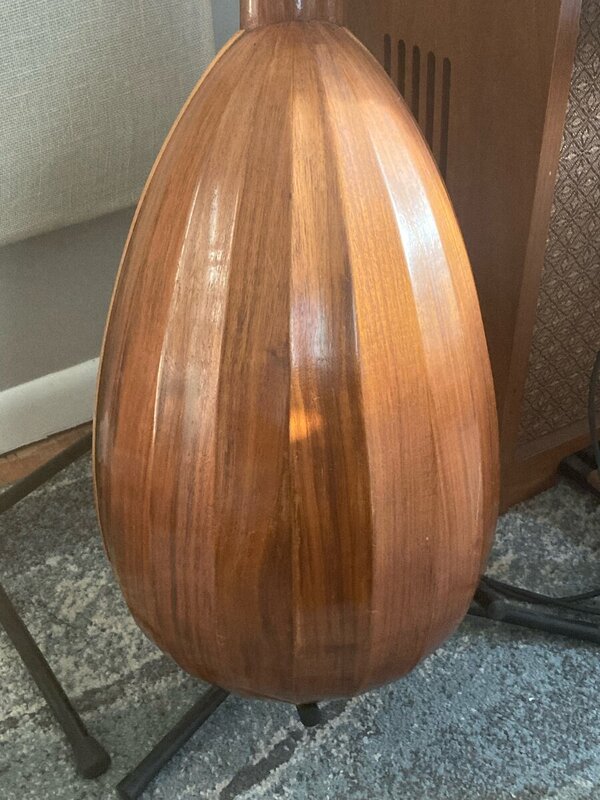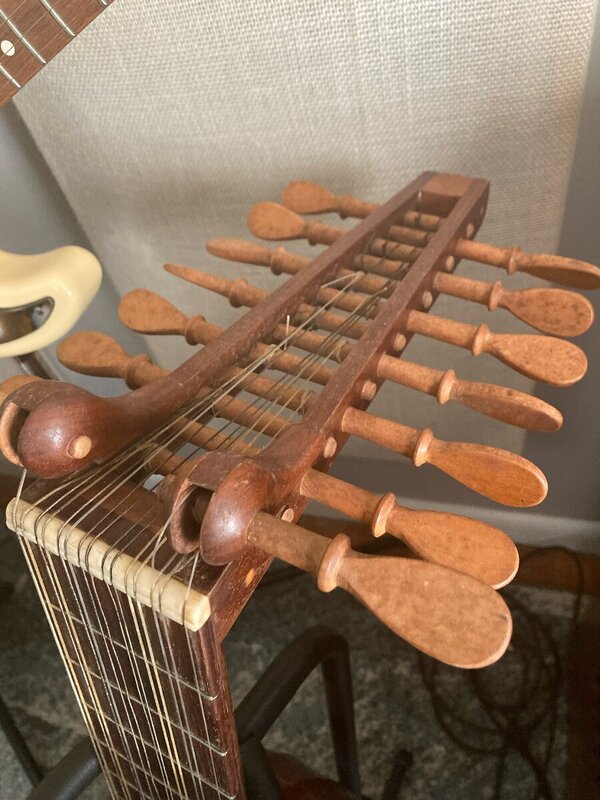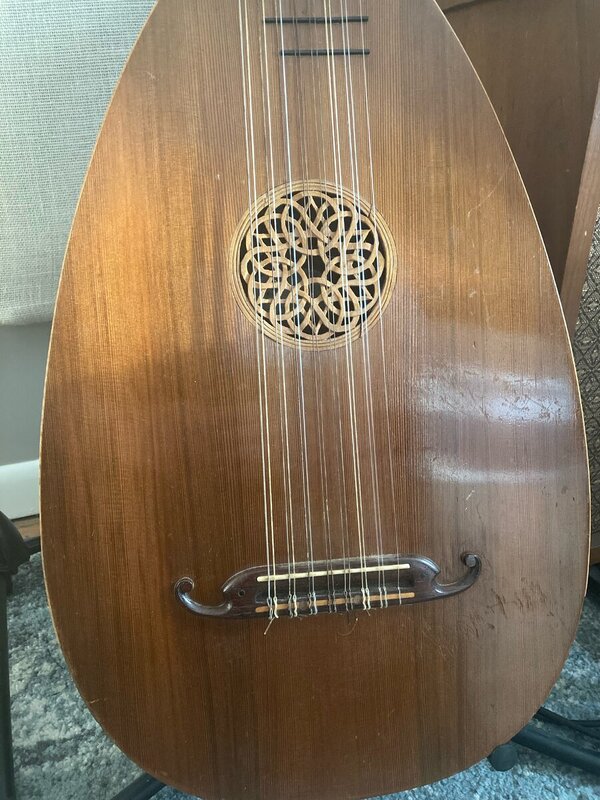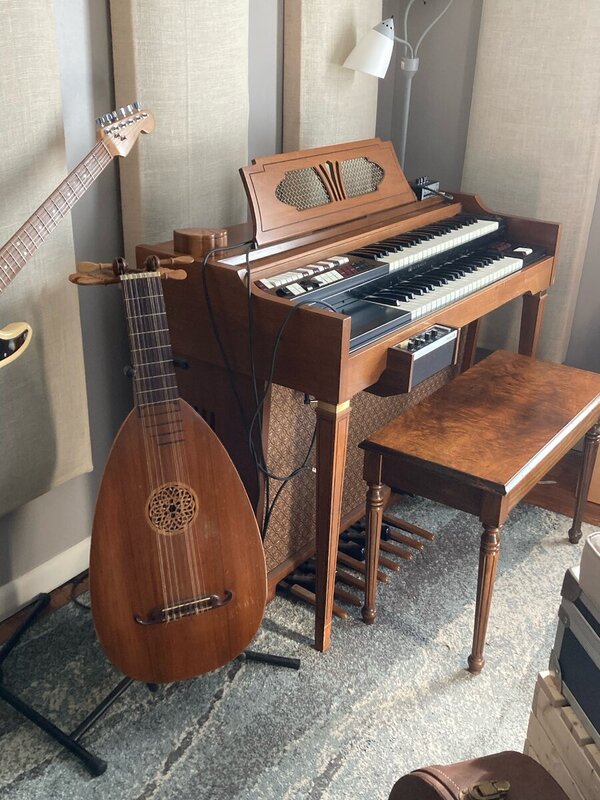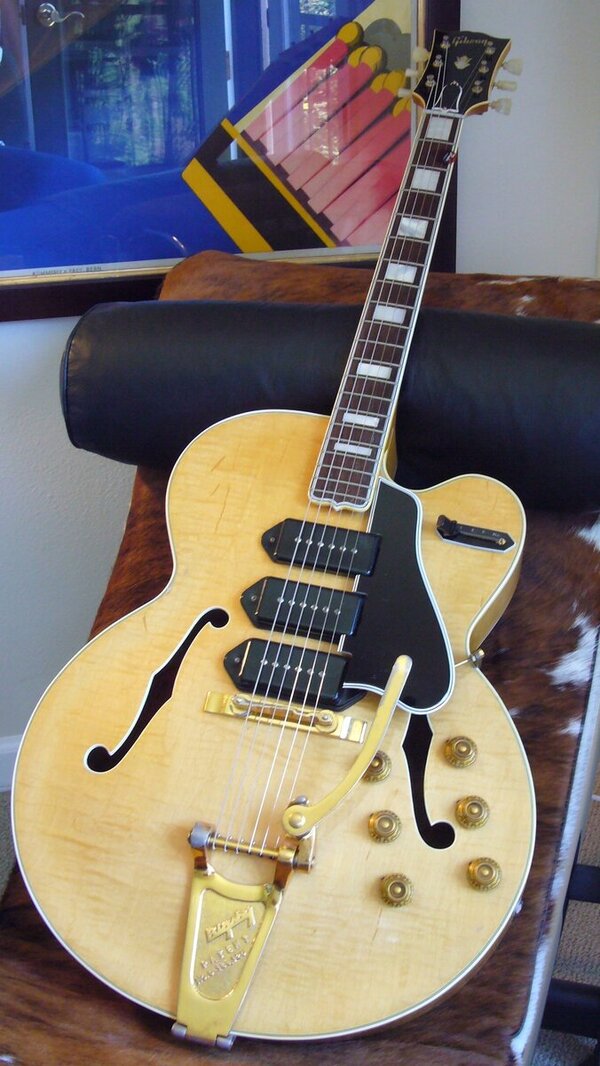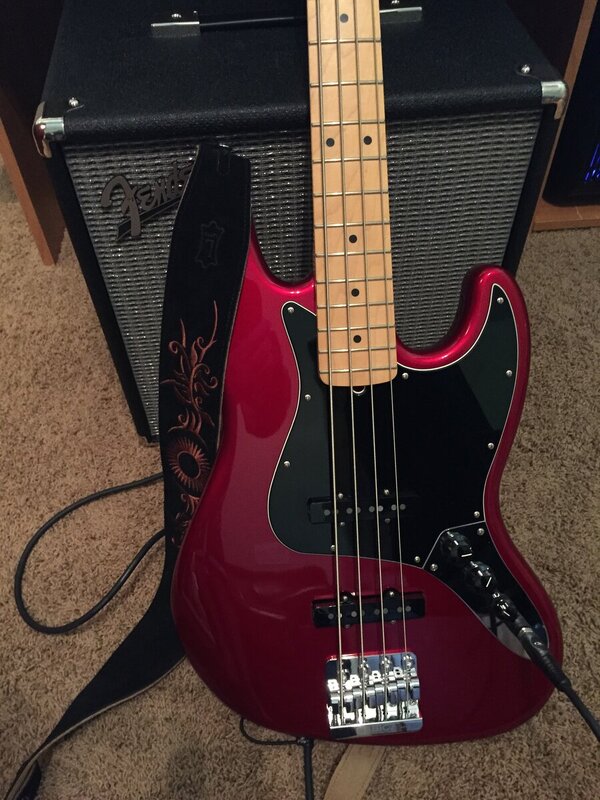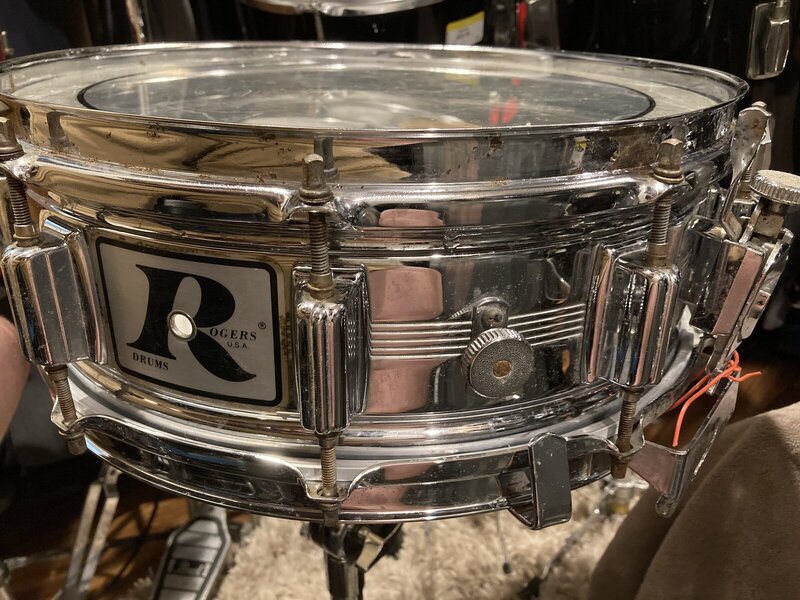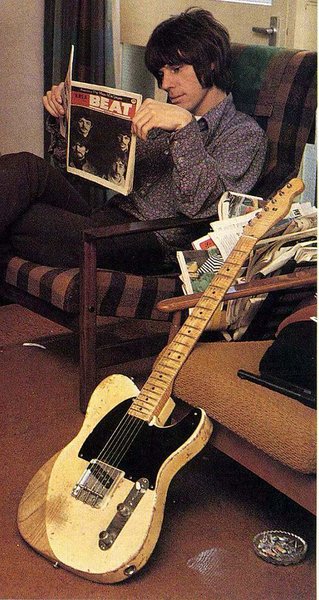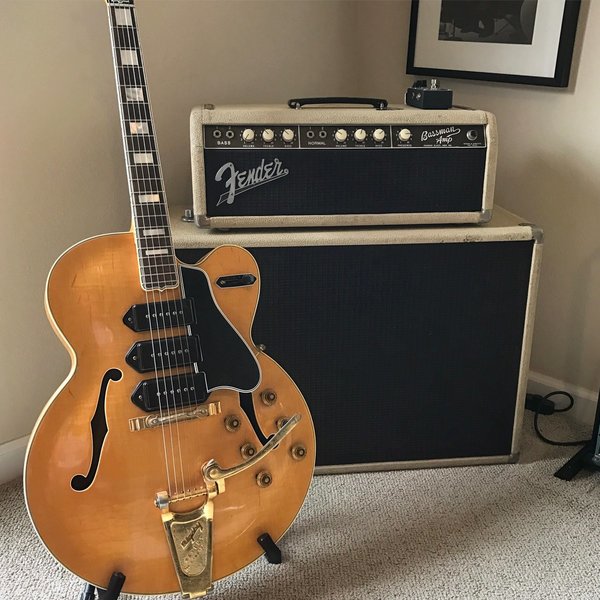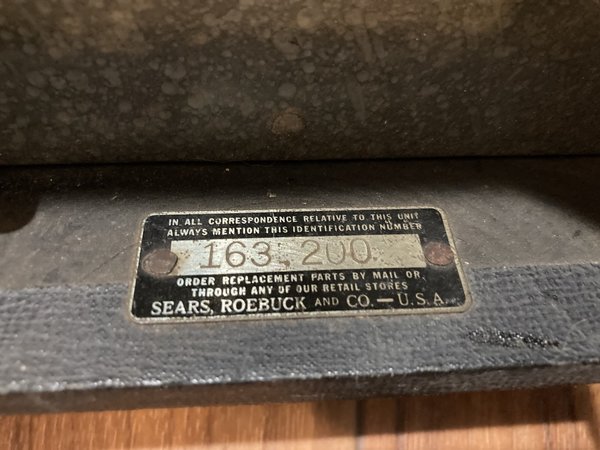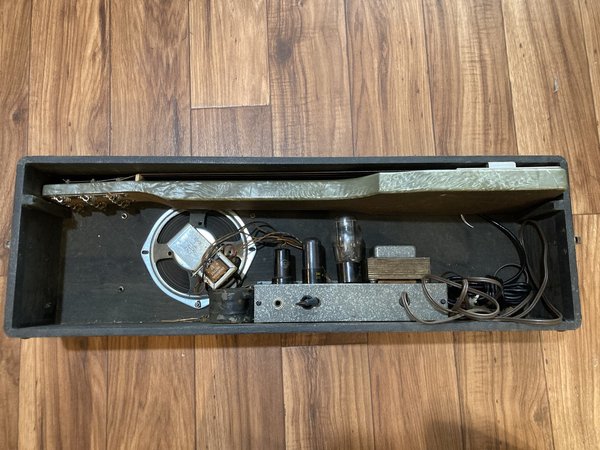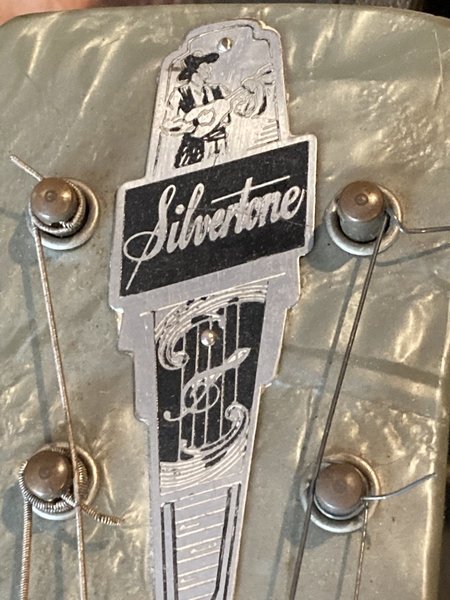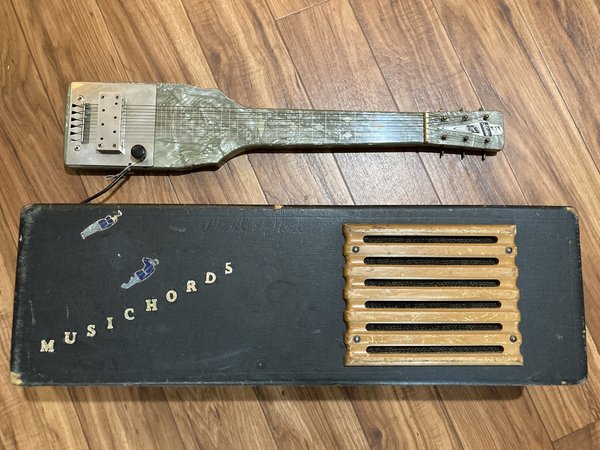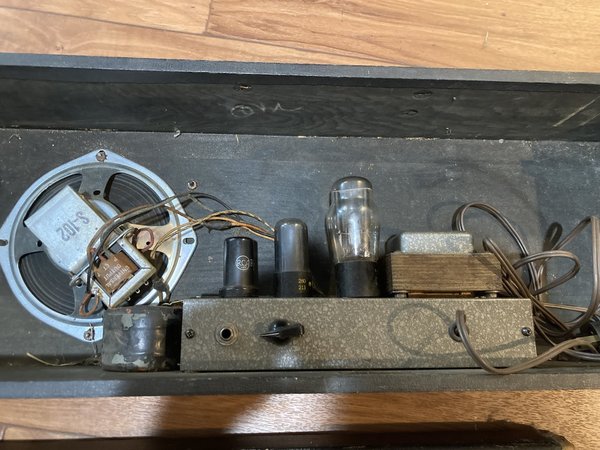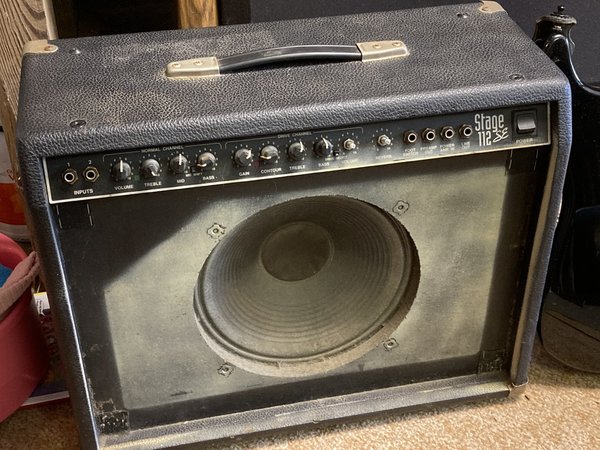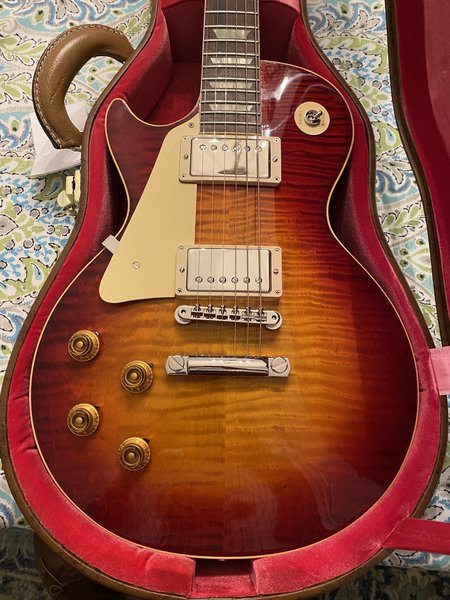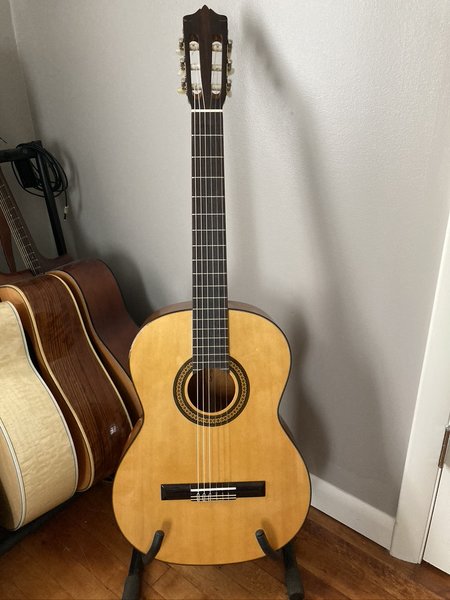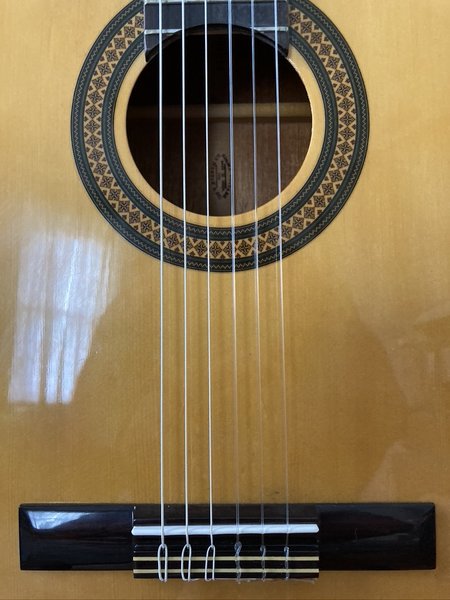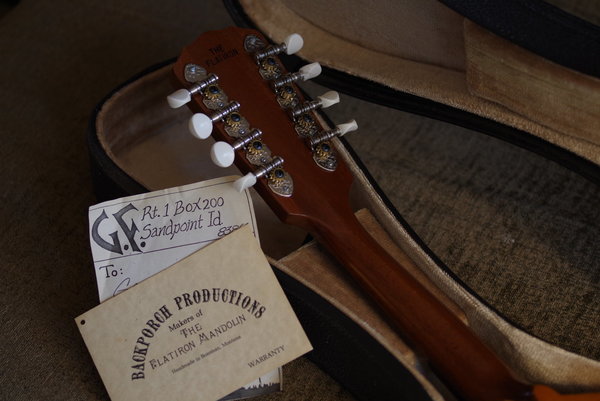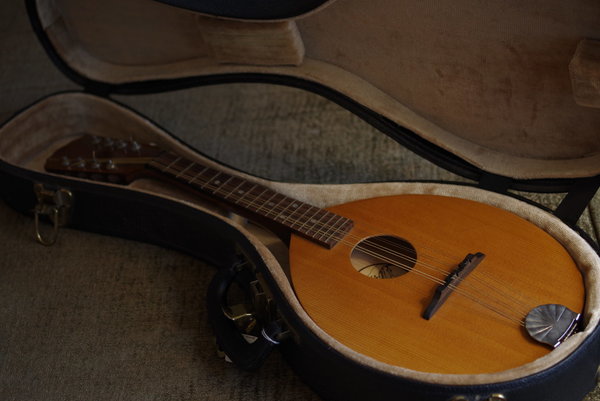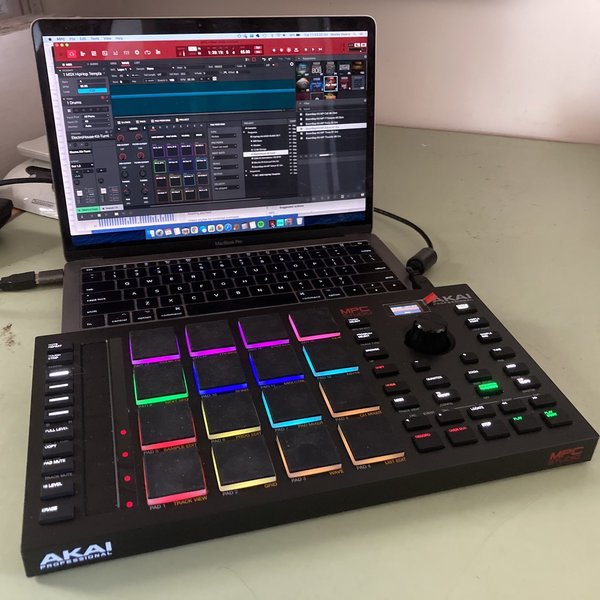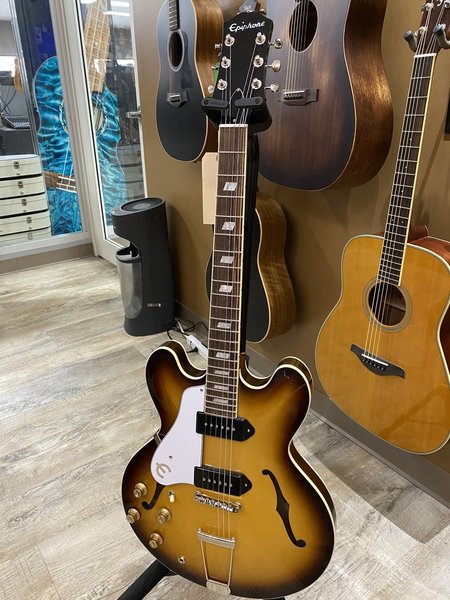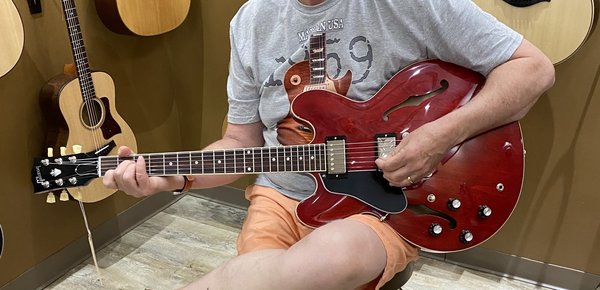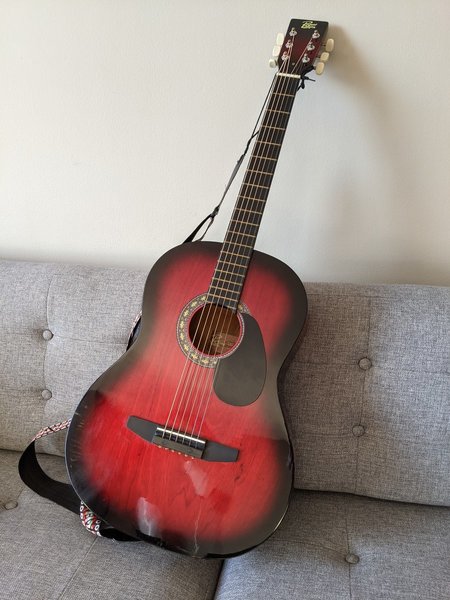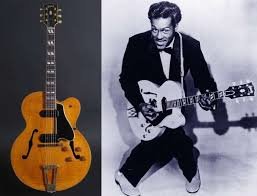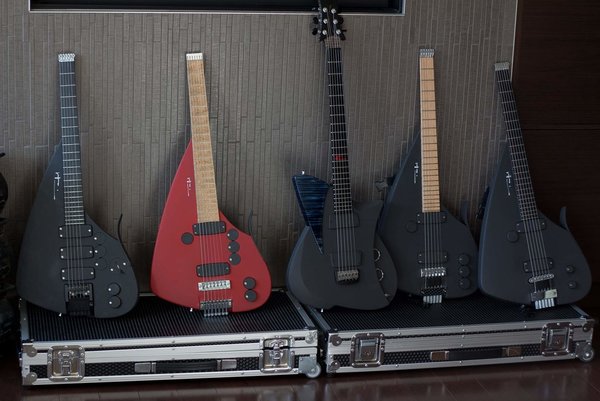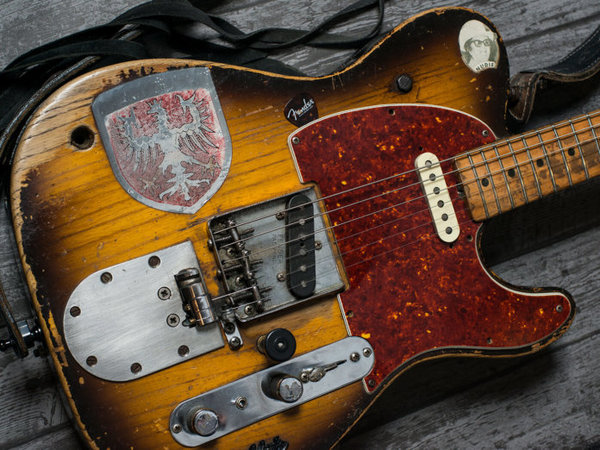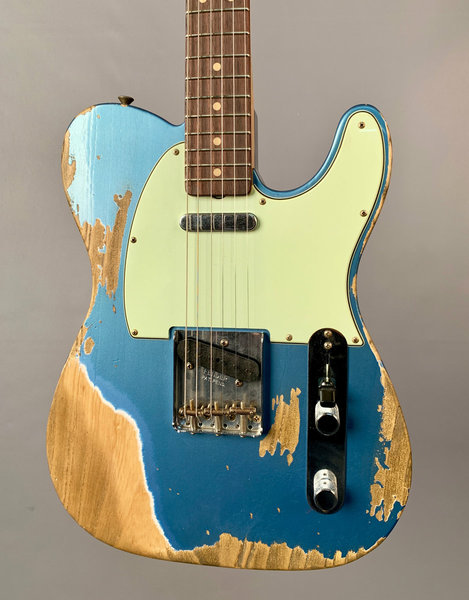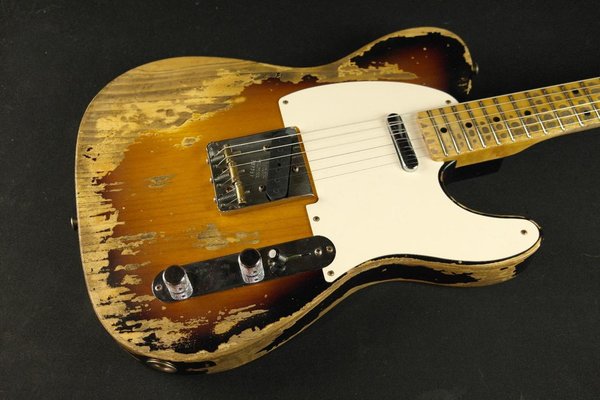gomestar
Super Yelper
- Joined
- Oct 21, 2008
- Messages
- 19,880
- Reaction score
- 4,474
on the Fargen Mini Plex MK II, I know it has the ability to easily switch out the stock tubes for, as they put it, EL34/KT66 /KT77/6550/6L6/5881/6V6 without the need to re-bias. What's the deal with this? Is there a resister of some sorts in the chain?
Because it's a single ended Class-A amp with a fixed biased.
ok, so help me understand (srs question, my electrical knowledge pretty much ends with changing lightbulbs, and I still screwed that up a few weeks ago). We re-bias to regulate the power going into the tubes. EL34 require more power, wattage, voltage, or whatever compared to 6L6, which requiers less. Going from one to the other requires the re-bias to adjust for the natural input requirements of these individual tubes. How would a fixed bias help here? And on the Fargen, one isnt' necessarily going from simply a EL34 to a 6L6, but maybe even a KT88 with an EL34 in the pre-amp.



